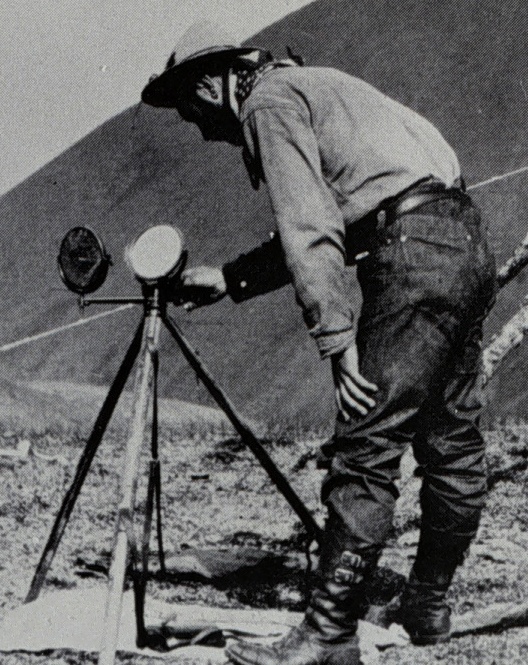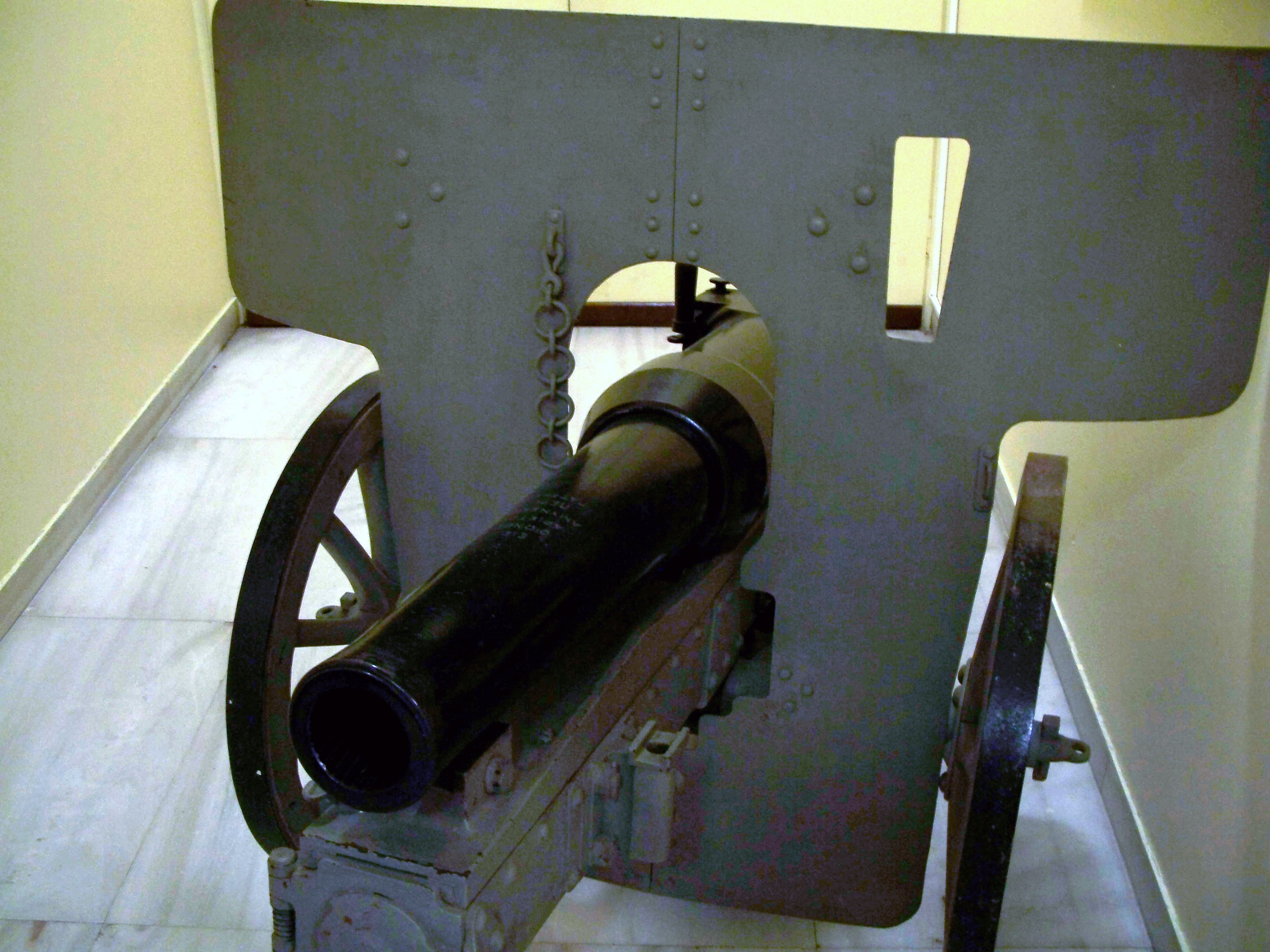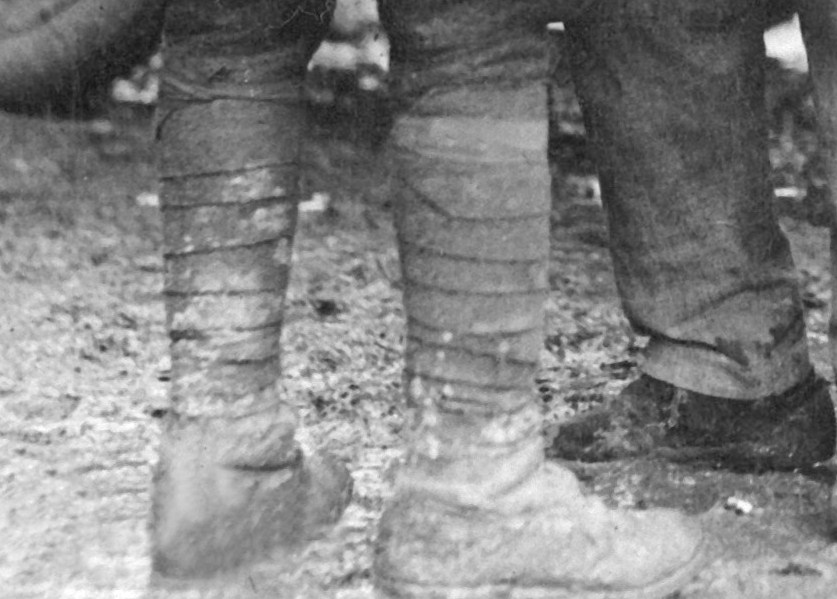|
Battle Of Ali Masjid
The Battle of Ali Masjid, which took place on 21 November 1878, was the opening battle in the Second Anglo-Afghan War between the British forces, under Lieutenant-General Sir Samuel James Browne, and the Afghan forces, under Ghulam Haider Khan. The perceived offence of an Afghan general's refusal to allow a British envoy entrance to the country was used as an excuse to attack the fortress of Ali Masjid, as the opening battle in the war. Despite numerous setbacks, including half the troops getting lost or delayed and missing the battle entirely, the British were lucky that the Afghans abandoned their position overnight. Context Following the 1837 Battle of Jamrud, Dost Muhammad Khan had built the fortress of Ali Masjid to assert his sovereignty over the Khyber region. However, the fortress was captured only two years later by 11,000 troops commanded by Lt. Col. Claude Martin Wade on 26 July 1839. On 21 September 1878, two months before the battle, British envoy General Nevill ... [...More Info...] [...Related Items...] OR: [Wikipedia] [Google] [Baidu] |
Second Anglo-Afghan War
The Second Anglo-Afghan War (Dari: جنگ دوم افغان و انگلیس, ps, د افغان-انګرېز دويمه جګړه) was a military conflict fought between the British Raj and the Emirate of Afghanistan from 1878 to 1880, when the latter was ruled by Sher Ali Khan of the Barakzai dynasty, the son of former Emir Dost Mohammad Khan. The war was part of the Great Game between the British and Russian empires. The war was split into two campaigns – the first began in November 1878 with the British invasion of Afghanistan from India. The British were quickly victorious and forced the Amir – Sher Ali Khan to flee. Ali's successor Mohammad Yaqub Khan immediately sued for peace and the Treaty of Gandamak was then signed on 26 May 1879. The British sent an envoy and mission led by Sir Louis Cavagnari to Kabul, but on 3 September this mission was massacred and the conflict was reignited by Ayub Khan which led to the abdication of his brother Yaqub. The second campaign ende ... [...More Info...] [...Related Items...] OR: [Wikipedia] [Google] [Baidu] |
Claude Martin Wade
Colonel Sir Claude Martine Wade CB (3 April 1794 – 21 October 1861) was a British soldier who was Agent to the Governor-General for the Affairs of the Punjab and North-West Frontier, 1823–1840.PunjabRevenue accessed July 2007 He managed relations between the British and important rulers in India such as and Shah Shuja, King of . He was one of the first to "force the |
Horse Artillery
Horse artillery was a type of light, fast-moving, and fast-firing artillery which provided highly mobile fire support, especially to cavalry units. Horse artillery units existed in armies in Europe, the Americas, and Asia, from the early 17th to the mid-20th century. A precursor of modern self-propelled artillery, it consisted of light cannons or howitzers attached to light but sturdy two-wheeled carriages called caissons or limbers, with the individual crewmen riding on horses. This was in contrast to the rest of the field artillery, which were also horse-drawn but whose gunners were normally transported seated on the gun carriage, wagons or limbers. Tactics Once in position, horse artillery crews were trained to quickly dismount, deploy or unlimber their guns (detach them from their caissons), then rapidly fire grapeshot, shells or round shot at the enemy. They could then just as rapidly limber-up (reattach the guns to the caissons), remount, and be ready to move to a new pos ... [...More Info...] [...Related Items...] OR: [Wikipedia] [Google] [Baidu] |
Herbert Macpherson
Lieutenant-General Sir Herbert Taylor Macpherson (22 January 1827 – 20 October 1886) was a Scottish recipient of the Victoria Cross, the highest and most prestigious award for gallantry in the face of the enemy that can be awarded to British and Commonwealth forces. Early life Macpherson, was born at Ardersier, near Fort George in Scotland, the son of an officer in the 78th Highlanders. In 1845 he was commissioned ensign in his father's former regiment. Travelling with the regiment to India, he served in the Persian campaign of 1857 and in the Indian Mutiny the following year. Victoria Cross He was 30 years old, and a lieutenant in the 78th Highlanders (later The Seaforth Highlanders) British Army, during the Indian Mutiny when the following deed took place on 25 September 1857 at siege of Lucknow for which he was awarded the VC: Promoted captain in October 1857, he served at the defence of the Alambagh, and as brigade major during the final capture of Lucknow, where he ... [...More Info...] [...Related Items...] OR: [Wikipedia] [Google] [Baidu] |
Heliograph
A heliograph () is a semaphore system that signals by flashes of sunlight (generally using Morse code) reflected by a mirror. The flashes are produced by momentarily pivoting the mirror, or by interrupting the beam with a shutter. The heliograph was a simple but effective instrument for instantaneous optical communication over long distances during the late 19th and early 20th century. Its main uses were military, survey and forest protection work. Heliographs were standard issue in the British and Australian armies until the 1960s, and were used by the Pakistani army as late as 1975. Description There were many heliograph types. Most heliographs were variants of the British Army Mance Mark V version (Fig.1). It used a mirror with a small unsilvered spot in the centre. The sender aligned the heliograph to the target by looking at the reflected target in the mirror and moving their head until the target was hidden by the unsilvered spot. Keeping their head still, they then adj ... [...More Info...] [...Related Items...] OR: [Wikipedia] [Google] [Baidu] |
The New York Times
''The New York Times'' (''the Times'', ''NYT'', or the Gray Lady) is a daily newspaper based in New York City with a worldwide readership reported in 2020 to comprise a declining 840,000 paid print subscribers, and a growing 6 million paid digital subscribers. It also is a producer of popular podcasts such as '' The Daily''. Founded in 1851 by Henry Jarvis Raymond and George Jones, it was initially published by Raymond, Jones & Company. The ''Times'' has won 132 Pulitzer Prizes, the most of any newspaper, and has long been regarded as a national " newspaper of record". For print it is ranked 18th in the world by circulation and 3rd in the U.S. The paper is owned by the New York Times Company, which is publicly traded. It has been governed by the Sulzberger family since 1896, through a dual-class share structure after its shares became publicly traded. A. G. Sulzberger, the paper's publisher and the company's chairman, is the fifth generation of the family to head the pa ... [...More Info...] [...Related Items...] OR: [Wikipedia] [Google] [Baidu] |
Mountain Artillery
Mountain guns are artillery pieces designed for use in mountain warfare and areas where usual wheeled transport is not possible. They are generally capable of being taken apart to make smaller loads for transport by horses, humans, mules, tractors, or trucks. As such, they are sometimes called "pack guns" or "pack howitzers". During the American Civil War these small portable guns were widely used and were called "mountain howitzers". The first designs of modern breechloading mountain guns with recoil control and the capacity to be easily broken down and reassembled into highly efficient units were made by Greek army engineers P. Lykoudis and Panagiotis Danglis (after whom the Schneider-Danglis gun was named) in the 1890s. Mountain guns are similar to infantry support guns. They are largely outdated, their role being filled by howitzers, mortars, multiple rocket launchers, recoilless rifles and missiles. Most modern artillery is manufactured from light-weight materials and can ... [...More Info...] [...Related Items...] OR: [Wikipedia] [Google] [Baidu] |
Artillery Battery
In military organizations, an artillery battery is a unit or multiple systems of artillery, mortar systems, rocket artillery, multiple rocket launchers, surface-to-surface missiles, ballistic missiles, cruise missiles, etc., so grouped to facilitate better battlefield communication and command and control, as well as to provide dispersion for its constituent gunnery crews and their systems. The term is also used in a naval context to describe groups of guns on warships. Land usage Historically the term "battery" referred to a cluster of cannon in action as a group, either in a temporary field position during a battle or at the siege of a fortress or a city. Such batteries could be a mixture of cannon, howitzer, or mortar types. A siege could involve many batteries at different sites around the besieged place. The term also came to be used for a group of cannon in a fixed fortification, for coastal or frontier defence. During the 18th century "battery" began to be used as a ... [...More Info...] [...Related Items...] OR: [Wikipedia] [Google] [Baidu] |
14th Sikhs
The 14th King George's Own Ferozepore Sikhs was a regiment of the British Indian Army; they can trace their origins to the ''Regiment of Ferozepore'' formed in 1846. The regiment had a number of different titles over the following years: the 14th Bengal Native Infantry 1861–1864, the 14th (The Ferozepore) Regiment of Bengal Native Infantry 1864–1885, the 14th Regiment of Bengal Native Infantry (Ferozepore Sikhs) 1885–1901, the 14th (Ferozepore) Sikh Infantry 1901–1903 and finally, after the Kitchener reforms of the Indian Army in 1903, the 14th Ferozepore Sikhs. The regiment was part of the international force compiled in China to fight the Boxer Rebellion 1900, and left China two years later. Further changes in name followed: the 14th Prince of Wales's Own Ferozepore Sikhs 1906–1910, the 14th King George's Own Ferozepore Sikhs 1910–1922. To honour the visit of the Prince and Princess of Wales to Indian they took part in the Rawalpindi Parade 1905. In World War I they ... [...More Info...] [...Related Items...] OR: [Wikipedia] [Google] [Baidu] |
81st Foot
The 81st Regiment of Foot (Loyal Lincoln Volunteers) was an infantry regiment of the British Army, raised in 1793. Under the Childers Reforms it amalgamated with the 47th (Lancashire) Regiment of Foot to form the Loyal North Lancashire Regiment in 1881. History Raising of the Regiment The regiment was raised by Major General Albemarle Bertie as the Loyal Lincoln Volunteers, in response to the threat posed by the French Revolution, on 23 September 1793. However, no levy money would be provided.. The original complement was composed of the Militia of Lincoln volunteering to serve in the new regiment: the regiment was embodied in January 1794. On 25 January 1794, the Loyal Lincoln Volunteers were redesignated as the 81st Regiment of Foot. The regiment was quartered in Lincoln and Gainsborough.. The first commander was Lieutenant Colonel Lewis. Napoleonic Wars 1795 – 1797: West Indies After a year's service in Ireland, the regiment was detailed to serve under Major-General Ralph ... [...More Info...] [...Related Items...] OR: [Wikipedia] [Google] [Baidu] |
Puttees
A puttee (also spelled ''puttie'', adapted from the Hindi '' paṭṭī'', meaning "bandage") is a covering for the lower part of the leg from the ankle to the knee, alternatively known as: legwraps, leg bindings, winingas, or Wickelbänder. They consist of a long narrow piece of cloth wound tightly, and spirally round the leg, and serving to provide both support (as a compression garment) and protection. They were worn by both mounted and dismounted soldiers, generally taking the place of the leather or cloth gaiter. History Worn since antiquity, the puttee was adopted as part of the service uniform of foot and mounted soldiers serving in British India during the second half of the nineteenth century. In its original form the puttee comprised long strips of cloth worn as a tribal legging in the Himalayas. The British Indian Army found this garment to be both comfortable and inexpensive, although it was considered to lack the smartness of the gaiter previously worn. According ... [...More Info...] [...Related Items...] OR: [Wikipedia] [Google] [Baidu] |
Peshawar Valley Field Force
The Peshawar Valley Field Force was a British field force. It was the largest of three military columns created in November 1878 at the start of the Second Anglo-Afghan War (1878-1880), each of which invaded Afghanistan by a different route. The Peshawar force initially consisted of around 16,000 men, a mix of both British and Indian Army regiments, under the command of Lieutenant General Sir Samuel J. Browne. Browne's force crossed into Afghanistan from India in November 1878 and advanced up the Khyber Pass in the direction of Ali Masjid. Here, on 21 November 1878, the force gained victory at the Battle of Ali Masjid, the first battle of the war. The Field Force then progressed further into Afghanistan towards Kabul, occupying Jalalabad on 20 December 1878. After camping here over the winter, they advanced to Gandamak, 50 miles east of Kabul, in April 1879. The advance was however slow, given the difficulty in keeping communications open and the hostile attitude of the Afghan peop ... [...More Info...] [...Related Items...] OR: [Wikipedia] [Google] [Baidu] |

_WDL11496.png)


.png)


